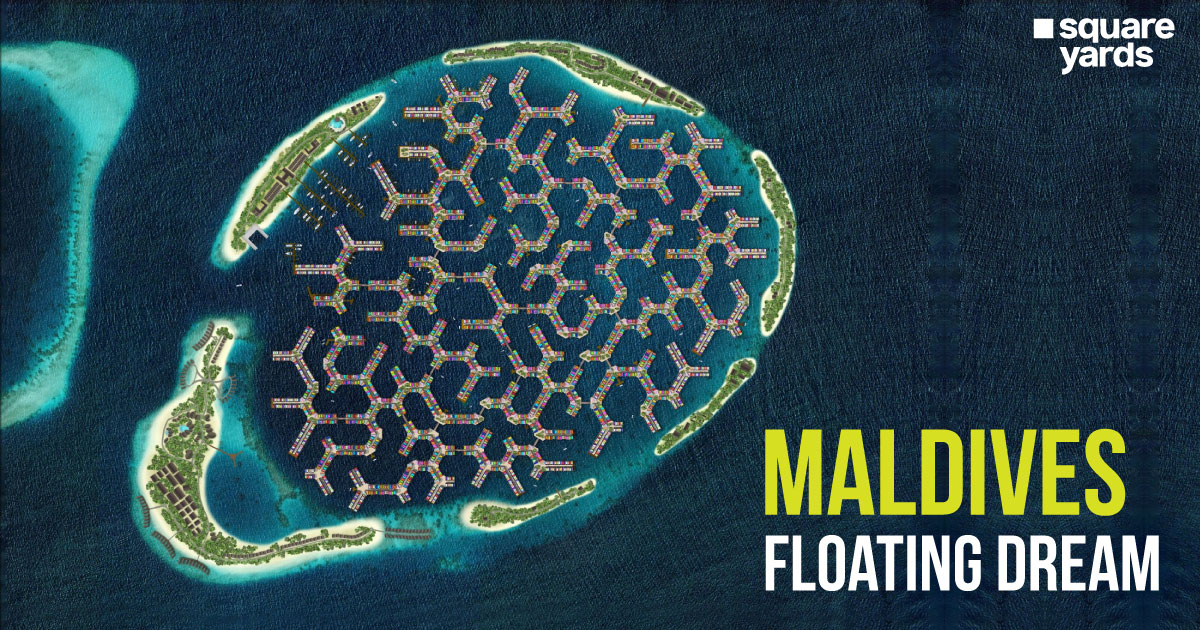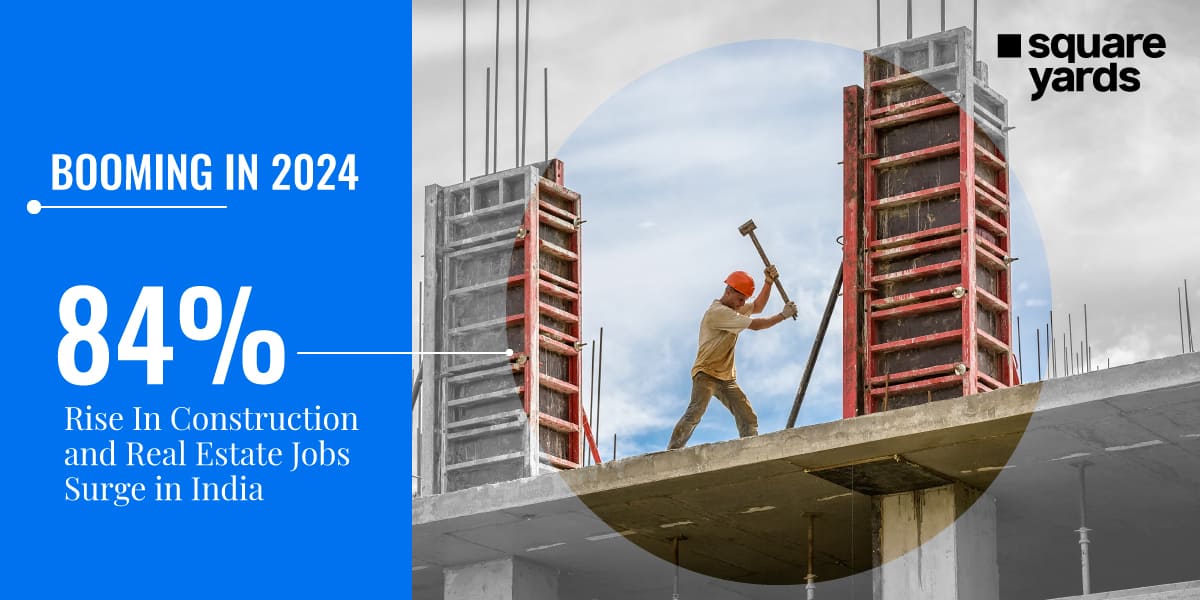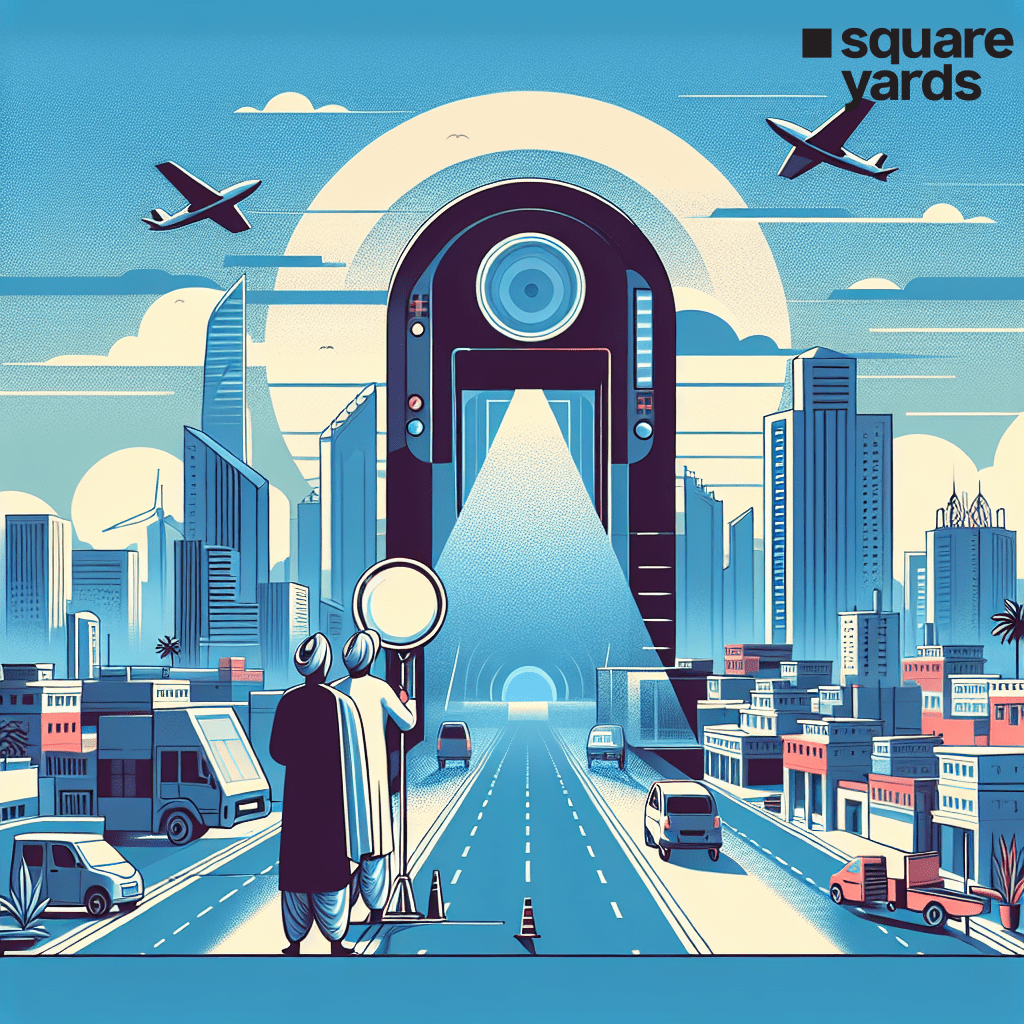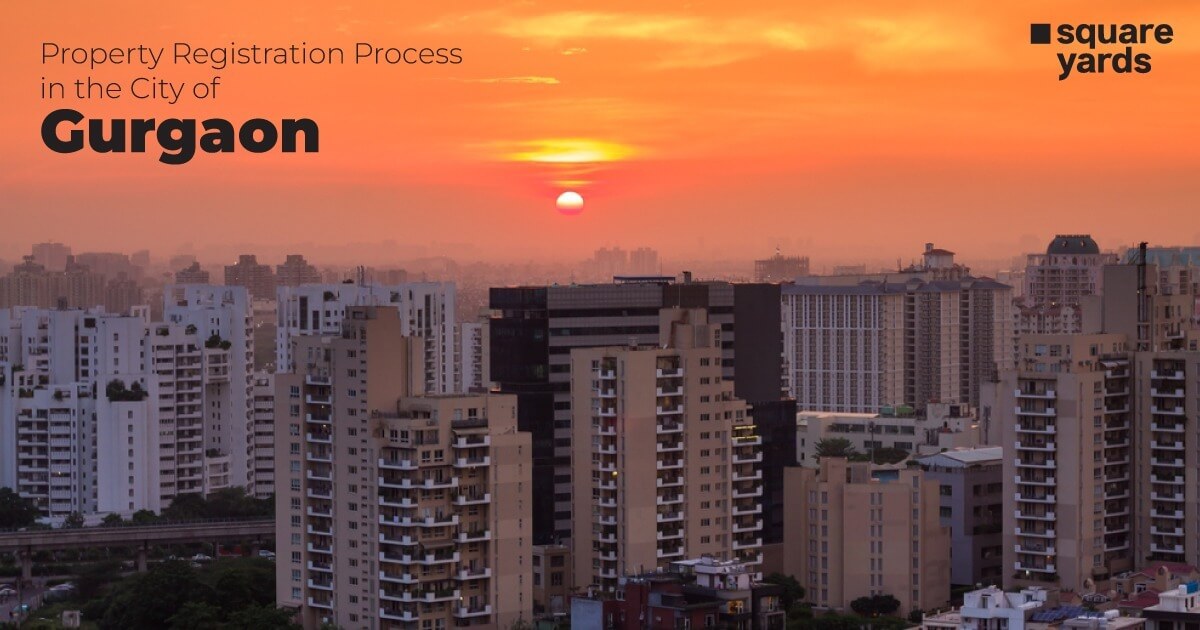Smart City Mission
The smart city Mission under the platform of AMRUT (Atal Mission for Rejuvenation and Urban Transformation) is one of the several major urban development programs focused on India’s rapid growth and its challenges and opportunities.The aim is to promote economic growth, strengthen governance and improve experience for urban residents by
S Standardizing & Sustaining
M Monitoring
A Accounting & Adaptiveness
R Rethinking
T Transforming Technology
SMART CITIES – CONCEPT
Smart cities aim at creating opportunities and solutions, by overcoming challenges to develop sustainable, livable and efficient cities in India. Currently, 31% of India’s population lives in cities; these cities also generate 63% of the nation’s economic activity. These numbers are rapidly increasing, with almost half of India’s population projected to live in its cities by 2030. Smart Cities focus on the most pressing needs and on the greatest opportunities to improve quality of life for residents today and in the future.
Core Infrastructure elements in a Smart City
1) Adequate water Supply
2) Assured electric Supply
3) Sanitation, including solid waste management
4) Efficient urban mobility and public transportation
5) Affordable housing, especially for the poor
6) Robust IT connectivity and digitization
7) Good governance, especially e -governance and citizen participation
8) Sustainable environment
9) Safety and security of citizens, particularly women, children and the elderly
10) Health and Education
Some typical features of comprehensive development in Smart Cities are described below.
a) Promoting mixed-land use in area based development
planning for ‘unplanned areas’ containing a range of compatible activities and land uses close to one another in order to make land use more efficient. The States will enable some flexibility in land use and building bye-laws to adapt to change
b) Housing and inclusiveness
expand housing opportunities for all
c) Creating walkable localities
Reduce congestion, air pollution and resource depletion, boost local economy, promote interactions and ensure security. The road network is created or refurbished not only for vehicles and public transport, but also for pedestrians and cyclists, and necessary administrative services are offered within walking or cycling distance
d) Preserving and developing open spaces
parks, playgrounds, and recreational spaces in order to enhance the quality of life of citizens, reduce the urban heat effects in Areas and generally promote eco-balance
e) Promoting a variety of transport options
Transit Oriented Development (TOD), public transport and last mile para-transport connectivity
f) Making governance citizen-friendly and cost effective
Increasingly rely on online services to bring about accountability and transparency, especially using mobiles
to reduce cost of services and providing services without having to go municipal offices. Forming e-groups to listen to people and obtain feedback and use online monitoring of programs and activities with the aid of cyber tour of
work sites
g)Giving an identity to the city
Based on its main economic activity, such as local cuisine, health, education, arts and craft, culture, sports goods, furniture, hosiery, textile, dairy
h)Applying Smart Solutions to infrastructure and services in area-based
development in order to make them better. For example, making Areas less vulnerable to disasters, using fewer resources, and providing cheaper services.
SMART UTILITIES
ENERGY AND UTILITIES
Smart grid and smart meters Energy Storage Distributed generation / renewable Home energy management systems Micro-grids Fault and outage management systems Demand response
SMART CITIES SOLUTIONS
Cloud Services Geographic Information Systems (GIS) High-speed broadband, Wi-Fi, wireless technologies Sensors and other intelligent devices e-Government / e-Procurement Big Data and Analytics Internet of Things Software and computing resources / networking Smart payment systems Open Data Mobile apps
TRANSPORTATION
Electric, autonomous, stop-start vehicles EV charging stations Connected vehicle technologies Intelligent Transportation Systems Smart parking management / apps Contact less payments Video analytics
Smart fleets / urban freight management Smart traffic signals
SUSTAINABILITY
Waste management / zero waste Smart water systems Waste water management / reuse Energy efficiency Sharing economy Mobile learning Telemedicine / Health devices LED lighting
SMART PUBLIC SAFETY
Advanced data sharing services Integrated security systems / surveillance Predictive policing Mobile devices and routers Centralized command centers Social media Facial recognition / biometrics Robotics
BUILT ENVIRONMENT
Building Automation Systems (BAS) Building Management Systems (BMS) Remote monitoring systems Green Building Int-intelligent street lighting systems Intelligent street lighting systems Intelligent street lighting systems








































